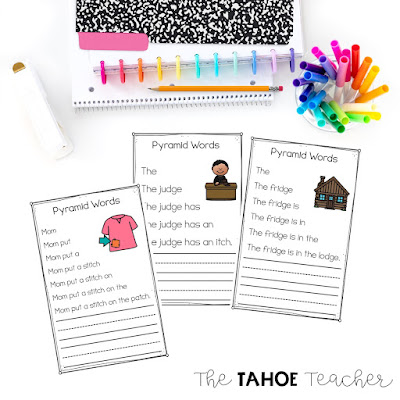Teaching Trigraphs Tch and Dge with Phonics Games and Interventions
Hey, y'all! I've always been an avid reader, but when I started teaching, I didn't really know all the phonics "rules" my students would need to know in order to be successful readers. I taught what our curriculum told me to teach but it just wasn't enough at the time. Over the years, I've become a bit of a word nerd as I've learned more and more about how to teach phonics. One of my non-negotiables now is explicit phonics practice as we learn our new skills and these trigraphs games and interventions are a must.
I know I learned to read using phonics, not whole language, but as you become proficient at something you start to automatically apply the skill without thinking about the why. At some point, I must have learned that "tch" and "dge" are used at the end of a syllable, not the beginning, but it's not something I thought about until I had to explain this to my own students.
When deciding whether to use "ge" or "dge," remember that "dge" is used after a short vowel, like in the word "ridge." It will never be used at the beginning of a syllable. The same is true with "tch," like in the word "fetch." Knowing these things helps students decode more easily and helps them make decisions in their spelling when writing.
In our phonics lessons, we teach the new skill systematically and explicitly everyday for at least a week. We do this whole group using an I do, We do, You do model. Then, students practice the skill with me in small reading groups and in literacy centers during our rotations.
Targeted phonics practice has made all the difference for our little readers. Gone are the days where we teach a skill and tell them to go practice it in their reading or with a worksheet. The science of reading has shown us how beneficial targeted practice is, just like we do for our math centers, and these phonics centers are it.









No comments
Post a Comment